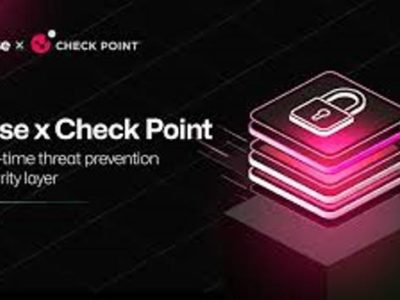A new study from Juniper Research has found spend on digital identity verification checks will reach $20.8 billion globally in 2027; up from $11.6 billion in 2022.
It predicts this growth will be driven by both the increasing prevalence of digital services requiring digital onboarding journeys, and the growing requirement for more advanced and robust identity verification systems in the face of rising fraud.
RELATED: Digital Identity revenue to exceed $53b globally by 2026, as verification becomes critical
Digital identity verification is where identity is checked using digitally verifiable elements, such as selfie scans, address checks and knowledge-based authentication.
• To find out more, see the new report: Digital Identity Verification: Key Opportunities, Competitor Leaderboard & Market Forecasts 2022-2027
• Download the free whitepaper: Why Verifying Digital Identity Is Critical
Microsoft, Thales & LexisNexis Risk Solutions Ahead in Competitor Leaderboard
The research assessed leading digital identity verification vendors; evaluating each company on criteria such as depth and breadth of offerings, service innovation and future market prospects. It ranked the top 3 vendors as follows:
1. Microsoft
2. Thales
3. LexisNexis Risk Solutions
The research found that each of these vendors is taking advantage of the requirements for digital onboarding, plus providing advanced anti-fraud capabilities. Microsoft has taken a leading role in verification, particularly with its Azure AD solution in a remote working context; leveraging its business environment presence.
Thales has implemented a different approach; creating a broad portfolio of solutions in identity verification, that it then coordinates for each verification use case. LexisNexis Risk Solutions is leveraging its broad data coverage using machine learning to verify identity, bolstered by frequent acquisitions.
Research co-author Damla Sat explained: “There are multiple pathways to identity verification success. There are many different segments and verification types, with no single vendor covering all the solutions. As such, there is still a lot of room for innovation; vendors must focus on building out innovation partnerships and acquisitions that allow them to intelligently orchestrate the most effective verification types for each use case to drive growth forward.”
































